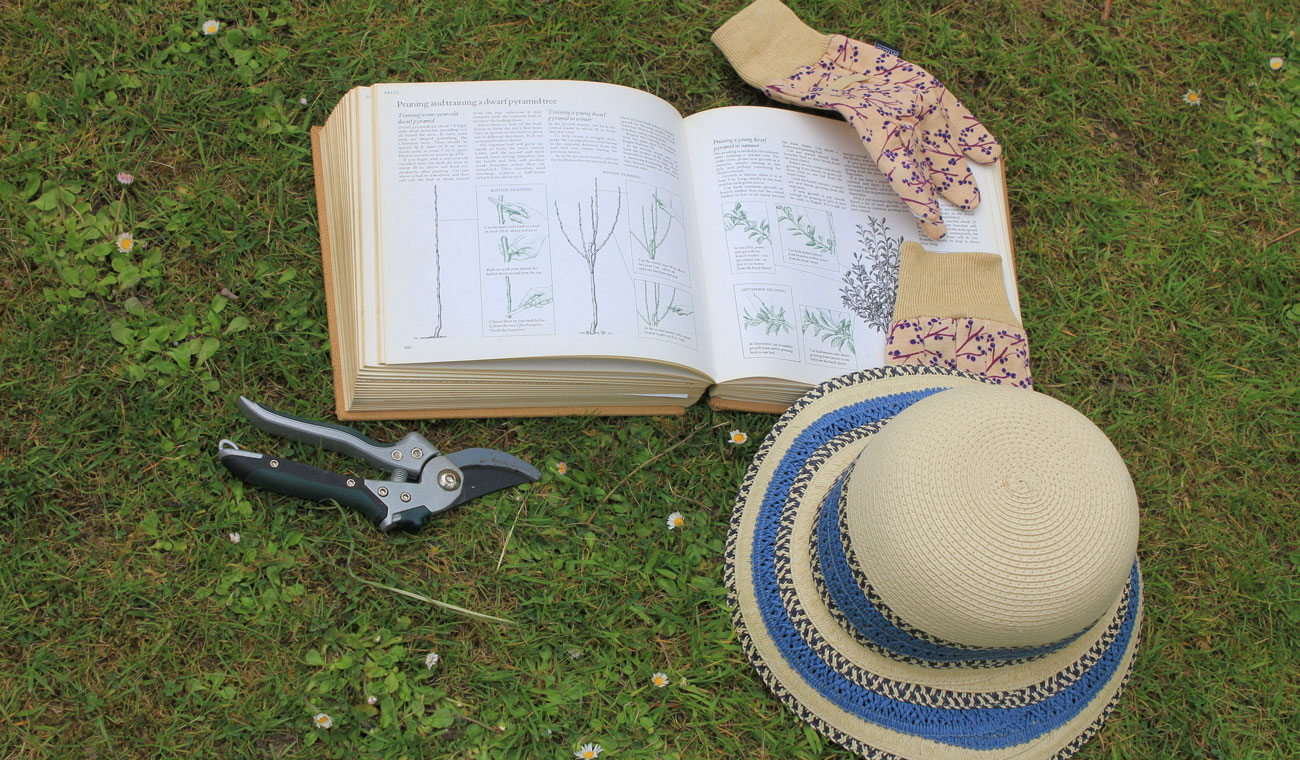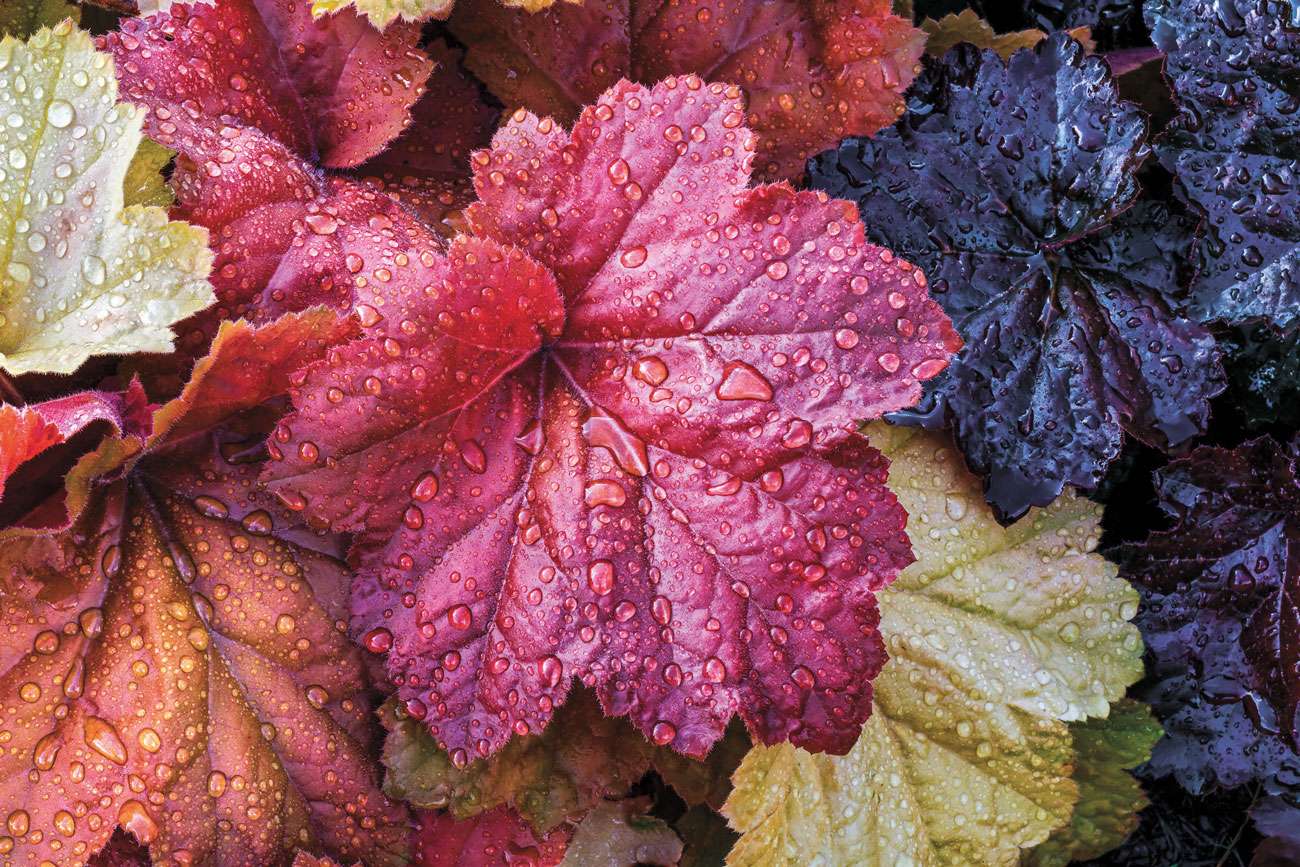
Firstly may I point out that this is not my garden but a view of beech trees in Richmond Park! It does highlight the wonderful colours of autumn, when the leaves of deciduous trees turn to dazzling shades of yellow, orange and red, before they drop to the ground to form a carpet of many colours. They are also wonderful to crunch through on an autumn walk!
These last few months have been very hard for most of us with isolation, illness and money concerns but I have noticed many more families walking, cycling and playing together, which is a real bonus. We have also had more time to tend our gardens and apparently growing veggies has become very popular, as I have just tried to get an allotment and found that I am No. 45 on the waiting list! Now in October, which is regarded as the start of a gardener’s year, we can really look at what has worked in our gardens, what has not and what changes we want to make.
Most of us have reasonably small gardens, so we need to choose trees and shrubs that will not grow too big for the plot. October is the best month to plant, because the roots have the chance to become established before winter sets in. Even though it has been very dry, a lot of shrubs have put on a lot of growth, so we need to start to cut back the long branches, just above a side shoot and in particular thin out any in-growing branches.
This allows air to flow through the crown, so reducing the chance of diseases spreading, especially with fruit trees. I always keep stepping back to ensure that I am creating a nice shape that is balanced from each direction – it is very easy to get carried away and end up with a lop-sided shape! Do always use sharp tools, and support the branch whilst cutting it, to avoid the bark tearing and leaving a wound which can become infected. Trees will also benefit from having some good compost or well-rotted manure spread around the base.

We also have the choice of cutting back perennials now, or leaving this job until February. If you are pruning now, then cut perennials down to 6” above the ground and cover the crowns with compost or leaf mould to protect them from frost. I like to tidy up the flower beds now and remove most of the dead leaves, seed heads, etc. However, I do leave some areas further down the garden, so we have the benefit of seed heads that look wonderful with hoar frost especially allium and poppies. Also, wildlife can use dead leaves for shelter and plant crowns are protected. We are constantly being advised not to dig flower beds deeply, as it destroys the soil structure.
However, Cranleigh has such hard clay, which has been baked solid this year, so I do use a ‘spuddling’ fork , which is a long handled fork with 6” prongs, to loosen the top layer of soil and allow air and water through and then cover with the surface with good quality peat free compost, or soil enricher to feed the plants over the winter months.
I try to get all my bulbs in this month before the squirrels start to get hungry and dig them up again. Do remember to plant daffodils and tulips separately, as the tulips apparently repress daffodil growth. Also, do try to plant them 1/3 back into the flower bed, so new spring growth of perennials can hide the bulb’s leaves as they die down. Another lovely little bulb is Ixia, which flowers in early spring. The flowers come in many colours, are long lasting and look very pretty but the bulbs do need to be planted 6” deep as the stems are so slender and can fall over with the weight of the flowers.
Do enjoy the sights and sounds of autumn and we will explore the changes as the months progress.











